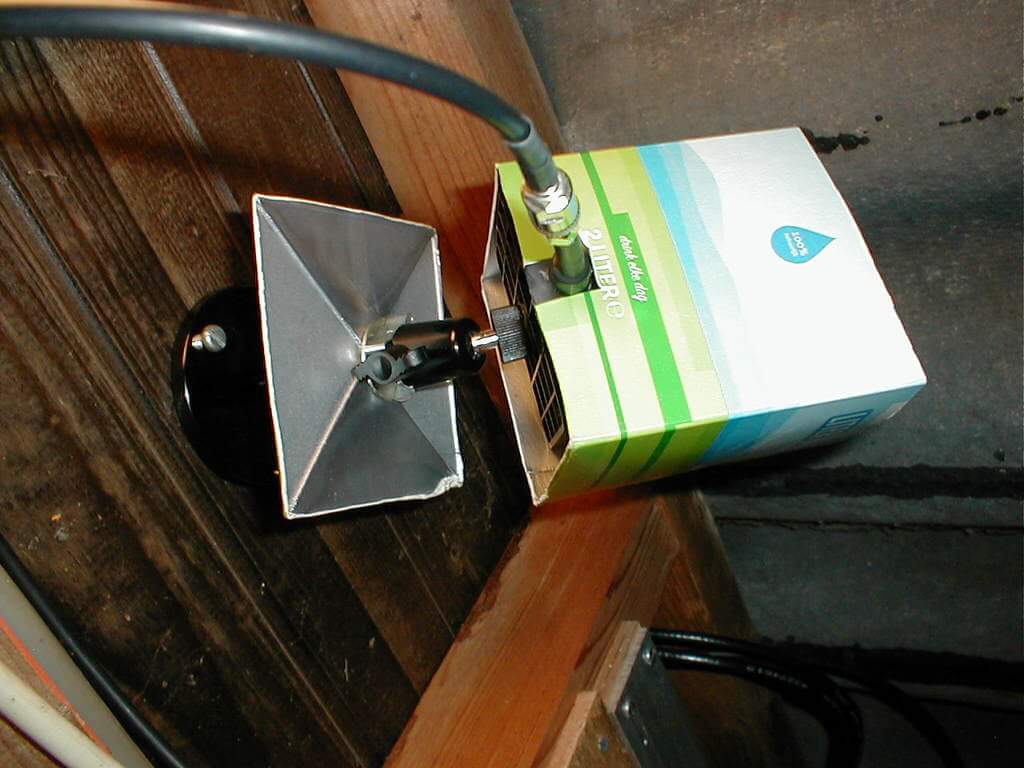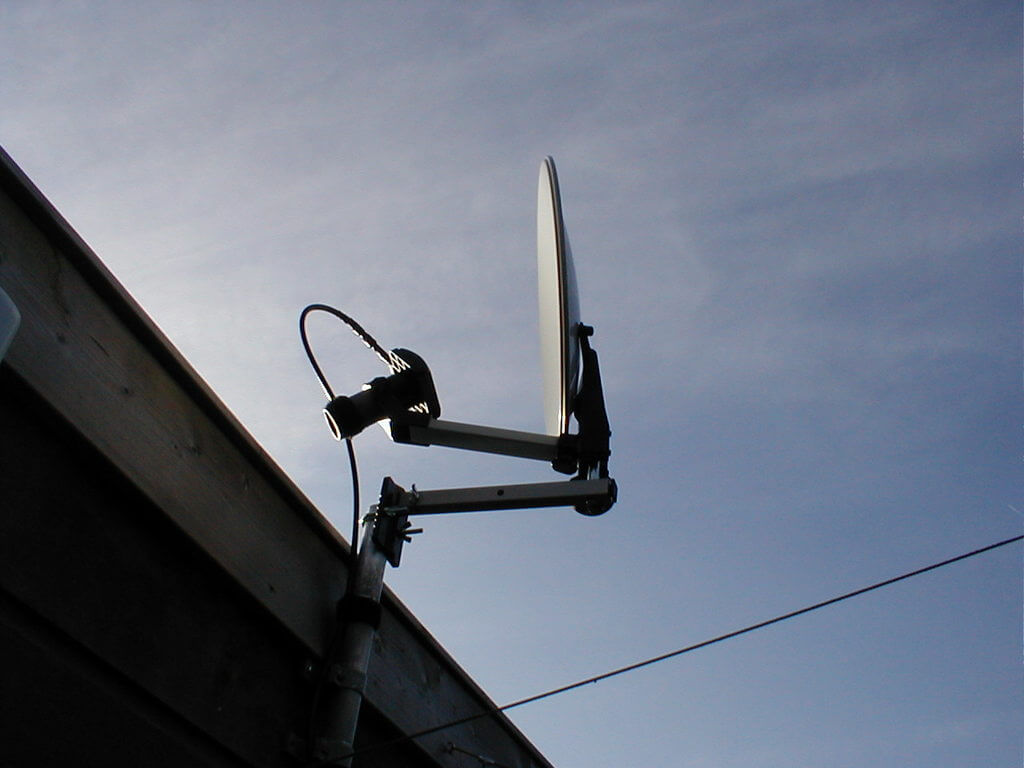TechMinds Reviews our RTL-SDR Blog L-Band Patch Antenna + Horn & Dish Mod
Over on YouTube the TechMinds YouTube channel has uploaded a review of our RTL-SDR Blog L-Band patch antenna which we recently released. TechMinds tests the antenna on a STD-C Inmarsat channel with the Scytale-C decoder, and on various AERO ACARS transmissions with JAERO. Later in the video he also tests the patch antenna on Iridium reception using the Iridium Toolkit software. In all tests the patch is able to suitably receive the signal with either an RTL-SDR or Airspy SDR.
We also wanted to make a note about an additional tip regarding polarization that many people using the antenna seem to have missed. As Inmarsat signals are LHCP polarized, it is important to not only point the antenna towards the satellite, but also to rotate the antenna to match the polarization until maximum SNR is achieved. The rotation can make the difference between strong signals and nothing received at all.
We've also recently seen a user 'Bert' who has needed to boost the signal strength as he was running the patch inside and at a location in northern Europe with poor reception of Inmarsat. To boost it he simply added a metal horn over the patch made from an old aluminum box, and also a back plate reflector. He notes that this improved his SNR on AERO 10500 from 8 - 9 dB, up to 12 - 14 dB. He also tested using the patch on a dish antenna, and found very good results too.


Hi Bert, I would still be intererested in your additional photos …. 🙂
Hi Bert, what turned out to be the optimum distance between backplate and the back of the patch antenna ?
Where could i find the post of “Bert”?
Could you please add a direct link?
Thank you
There is a second picture where i moved the backplate directly behind the patch antenna, little move back / forth to find out the correct distance and get best SNR. Later i buy the small dish on amazon see link below
Over the RG174 connection cable to get more sturdy, i use a short plastic tube like from a old empty filling pencil or any other plastic tube will do.
To mount the patch in front dish, i used a PVC dia 40mm size and 10cm long drain pipe to fit in the LNB clamp.
Pictures available
Dish
https://www.amazon.de/dp/B0055GCXT0/ref=sr_1_13
Sorry i forgot to mention
For my location and between dish and RTLSDR i use 1.5 meters high quality low-loss CATV cable to 5000 MHz but Aircell or other low-loss cable will do.
i was more interested about the experiment with the “horn” aluminuim box. Could you post more pics of it? Or if it is not possibile here, could you post your experiment in the forum?
Thank you so much
Hi Jekko,
The standard patch 600 bps and 1200 bps signal are received good, no problem. In my area the 10500 are very weak signal.
For fast test using a horn, i take a old 1 litre water box from “SPA or other drink” inside these boxes there is aluminium foil and this box exact fit over the patch antenna.
I experiment with diff horn length but a long horn not give much better result and a short horn not give improvements.
I used the half size from these 1 litre box, put it over the patch and SNR go up. This work very well for 600 and 1200 bsp data
For my area, for 10500 is very weak to get error free, so i need buy the dish.
I send Carl 2x pictures show the signal without dish and the very strong signal with using dish.
De back plate behind the patch, this seem give improvement.
IMPORTEND !
Turning the patch for the best SNR and it will be possible that a 5 degrees turn, SNR go between 2 to a 10. Or a 5 degree the wrong way, this will result, No signal . Try it !
suc6
Hi Bert, what turned out to be the optimum distance between backplate reflector and the back of the patch antenna ?
Roy, is depending the size, use square or round plate also the mounting bracket you using. Found out there where 2 distances give a high SNR. Close and further away like show on the picture. It is not very high-tech nor critical you need to experiment the distance and this take me only 5 minutes or less. You cant miss the peak in SNR (signal) it very clear to see / notice.
It’s just emails from him. We’ll do a post later with his full results.
Got mine last week, got decodes of Acars and safety channel data from Inmarsat in UK through my bedroom ceiling and roof, not bad at all.